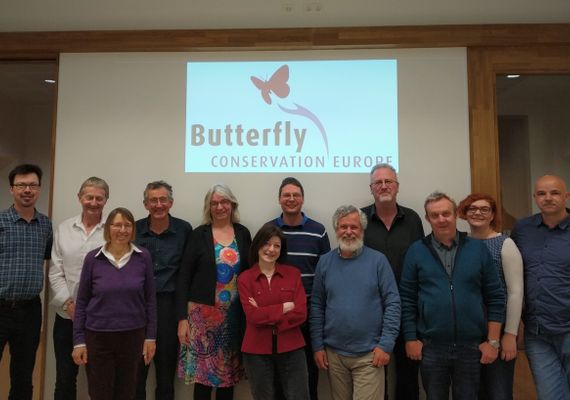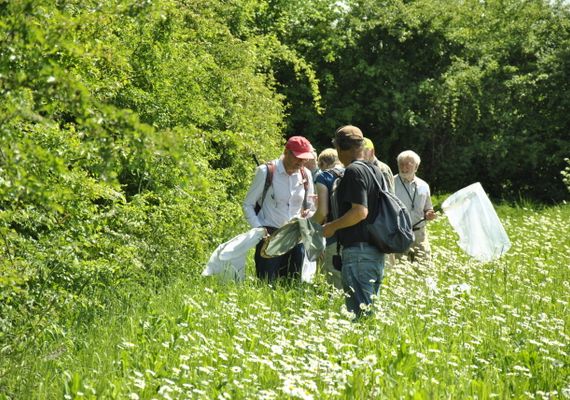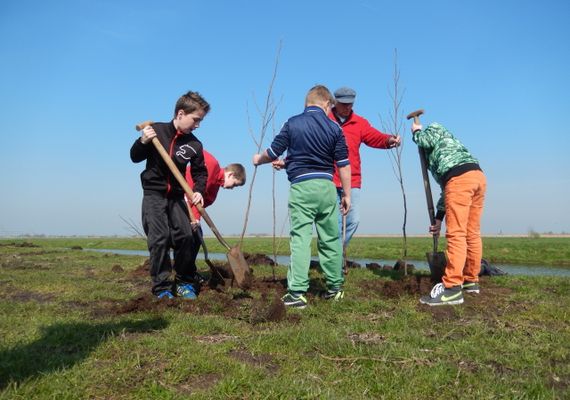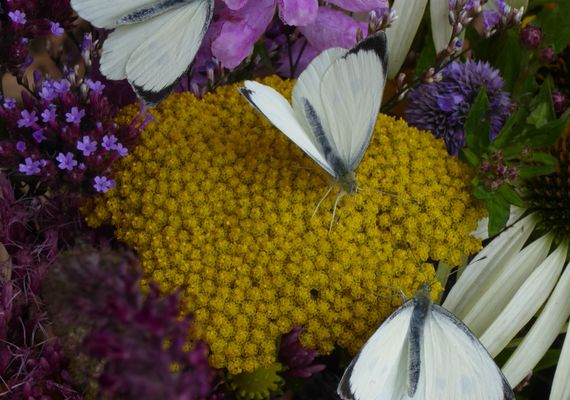Why butterflies and moths are important

There are many reasons why butterflies and moths are important, both in their own right but also as quality of life indicators. The following attributes form the rationale for conserving butterflies and moths around the world.
Aesthetic value

- Butterflies and moths are part of our natural heritage and have been studied for over 300 years.
- Butterflies and moths are beautiful, with many being iconic and popular.
- People like butterflies.
- There are many references to butterflies and moths in literature, from the Bible through Shakespeare to modern day literature, and from poetry to musical lyrics.
- Butterflies are used by advertisers and illustrators the world over as way of indicating that something is environmentally friendly.
- Butterflies are often portrayed as the essence of nature or as representing freedom, beauty or peace.
Ecosystem value

Butterflies and moths are indicators of a healthy environment and healthy ecosystems.
- They indicate a wide range of other invertebrates, which comprise over two-thirds of all species. Many of these play a fundamental role in the functioning of ecosystems, including pollinator services.
- Areas rich in butterflies and moths are rich in other invertebrates. These collectively provide a wide range of environmental benefits, including pollination and natural pest control.
- Moths and butterflies are an important element of the food chain and are prey for birds, bats and other insectivorous animals (for example, in Britain and Ireland, Blue Tits eat an estimated 50 billion moth caterpillars each year).
- Moths and butterflies are important pollinators of wildflowers, including several plants that rely on them for their pollination.
- Butterflies and moths support a range of other predators and parasites, many of which are specific to individual species, or groups of species.
- Butterflies have been widely used by ecologists as model organisms to study the impact of habitat loss and fragmentation and climate change.
Educational value
- Butterflies and moths have fascinating life-cycles that are used in many countries to teach children about the natural world.
- The transformation from egg to caterpillar to chrysalis is one of the wonders of nature.
- Other educational aspects include the intricate wing patterns and iridescence, and as examples of insect migration.
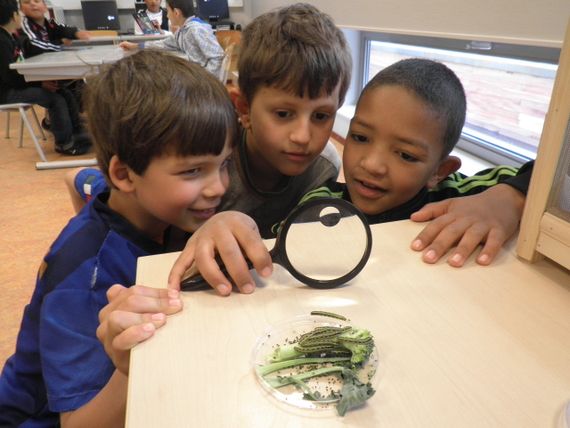
Scientific value
- Butterflies (and moths to a lesser extent) are an extremely important group of ‘model’ organisms used, for centuries, to investigate many areas of biological research, including such diverse fields as navigation, pest control, embryology, mimicry, evolution, genetics, population dynamics and biodiversity conservation.
- The long history and popularity of butterfly study have provided a unique data resource on an insect group unmatched in geographical scale and timescale anywhere in the world. This has proved extremely important for scientific research on climate change.
Health value
- People enjoy seeing butterflies both around their homes and in the countryside.
- Over 50,000 people record butterflies and moths across Europe, involving getting outside and walking considerable distances. Over 10,000 sites are monitored each year in many European countries and collectively volunteers have walked the equivalent of the distance to the moon counting butterflies.
- Hundreds of thousands of people garden for wildlife across Europe, many of them specifically for butterflies and moths.
- Tropical butterfly houses are extremely popular and receive many visitors each year.
Economic value
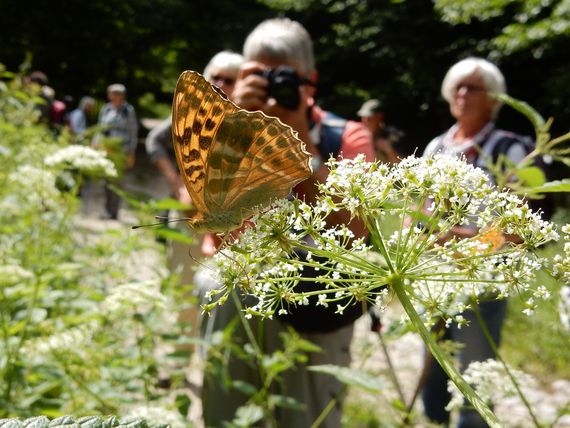
- Thousands of people travel abroad each year looking for butterflies and moths. Eco-tours bring income to many European countries and developing countries around the world (e.g. the valley of the butterflies in Rhodes and the Monarch roost in Mexico).
- Every butterfly and moth has developed its own suite of chemicals to deter predators and parasites, find a mate, and overcome the chemical defences of its host plant. Each of these chemicals has a potential value and could be exploited economically.
Intrinsic value
- Butterflies and moths have a right to exist, as much as any other species on the planet.
- Butterflies and moths have been around for at least 50 million years and probably evolved some 150 million years ago.
- They are part of Life on Earth and an important component of its rich biodiversity.
- Butterflies and moths are a highly diverse group comprising over 250,000 species and make up around one quarter of all named species.
- Butterflies are flagship species for conservation in general, and in particular for invertebrates.
Butterfly Conservation Europe

Why butterflies and moths are important


